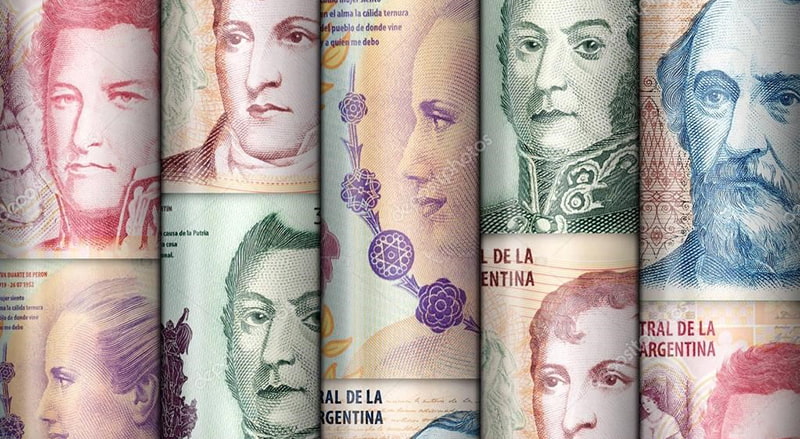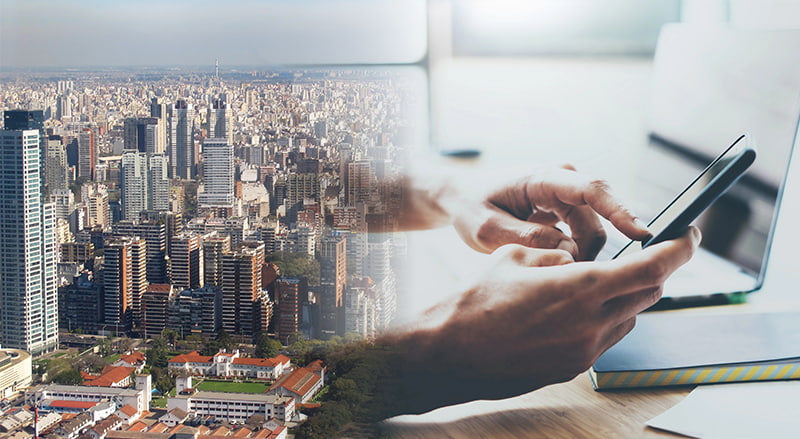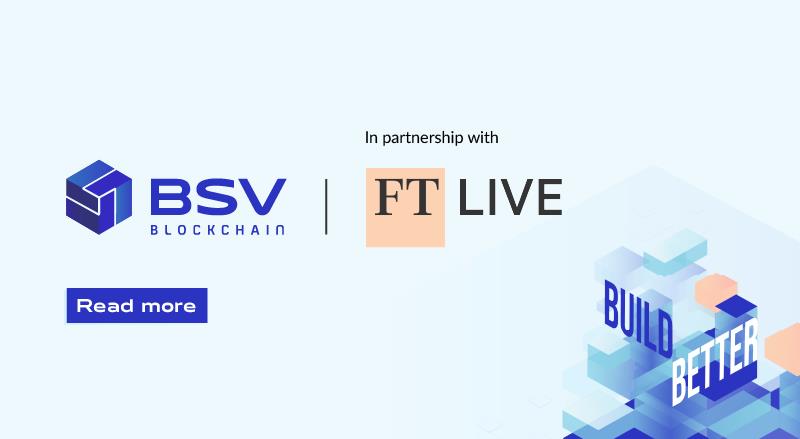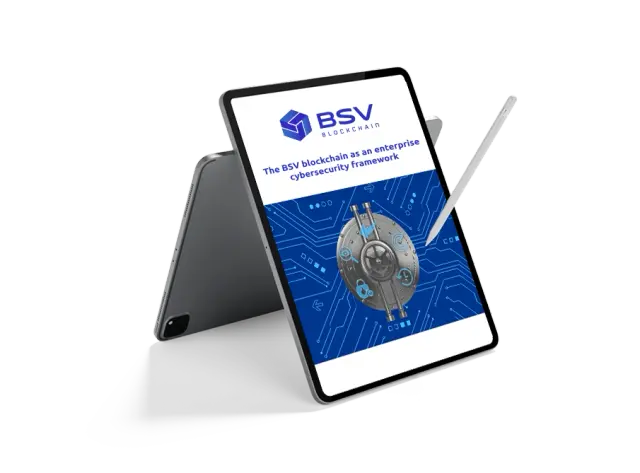Is it possible to legally recover lost or stolen digital assets? How would this process work and what are the legal rights and duties of the different parties in such a scenario? This was a main panel discussion at the recent London Blockchain Conference which looked into the concept of recovering digital assets, exploring its implications for individuals, businesses, government, and the widespread integration of blockchain technology.
The panel was headed by Connor Murray (Director of Stewardship at the BSV Association) and included:
- Marcin Zarakowski (Director of Token Recovery);
- Roman Bieda (Head of Fraud Investigations at Coin Firm);
- Daniel Payne (President of Blockade United);
- Lavinia Osborne (Founder of Women in Blockchain Talks);
- Brian Sanya Mondoh (Founder of BlockchainLex).
Setting a precedent for digital asset recovery
Osbourne began the discussion by noting that she had been defrauded of crypto assets and ultimately took her case to the High Court of England and Wales to have it returned. While this case set a precedent and opened the door for similar cases going forward, it was a major challenge trying to recover these stolen assets, she said.
‘The whole process has been very complex because anonymity is one of the elements of blockchain. You are dealing with unknown persons but also with the ‘big boys’ such as these huge NFT marketplaces, and sometimes they don’t have the resources to assist.’
Osbourne added that the United Kingdom has been quite forward-thinking in using its existing laws to offer protection around digital assets, but that obviously more work still needs to be done in the area.
Mondoh added that before crypto assets entered into mainstream conversation, it was very hard for the courts to understand exactly what they are and how the technology behind them works. He reiterated that it is challenging to develop these cases within existing legal frameworks because the parties involved are often anonymous.
However, he noted that one party which is typically not private in these instances are the exchanges. In that case, it is possible to approach the courts and get the exchanges to disclose who is behind an account, as they should have performed KYC (Know Your Customer) when opening the account.
Strong demand for a digital asset recovery tool
Bieda noted that his company offers AML (anti-money laundering) tools to exchanges so that they can instantly check the risk on any given wallet address. He joked that this means he is not always popular with the exchanges, as he often has to flag coins which need to be frozen due to fraudulent behaviour.
He added that the industry has changed drastically over the last three years, as exchanges would typically receive a freeze order and just ignore it. However, this is no longer the case as they become increasingly aware of the legal risk and face scrutiny from regulators. This means it is relatively easy to freeze assets for at least seven days and begin legal proceedings.
Inefficiencies digital asset recovery process
However, Payne cautioned that not all jurisdictions are equal and that in places such as the United States, it can be very difficult to bring a case without at least having a party’s name. A more significant issue revolves around the lack of clear legal delineation of the presence of digital assets and blockchains. This ambiguity can create hurdles in convincing a court to establish jurisdiction, or may result in scenarios where a court claims jurisdiction even when it’s not practically suitable.
Payne pointed to a recent US case where the court grappled with identifying the location of a specific blockchain that maintained nodes across the globe. The presiding judge ruled that the mere existence of a ‘plurality’ of nodes, without necessitating a majority, within the US was sufficient grounds for asserting jurisdiction.
Zarakowski added that one might need to approach multiple courts. If these courts are situated in different jurisdictions, it leads to costly and protracted legal proceedings, discouraging individuals from attempting to reclaim their digital assets.
‘Subsequently, luck becomes a factor. You’re dependent on the judge’s comprehension of your case. After obtaining your legal order, you must then engage with the exchanges.’
The latter aspect, in particular, presents a significant challenge because even prominent exchanges in the industry have implemented measures to safeguard against such controls.
Digital Asset Recovery
To address these issues, the BSV Association has developed a mechanism called Digital Asset Recovery. This enables assets on-chain to be frozen or recovered if they are lost, stolen or if they require ownership of transfer.
This is done simply by taking existing legal frameworks and applying them to blockchain technology in four steps:
- A plaintiff initiates a legal process to establish the ownership of coins they deem to be rightfully theirs.
- The plaintiff obtains a freeze court order or document of equivalent legal force and commissions a notary who can broadcast it to the miners through the Blacklist Manager tool.
- The notary acts analogously to a bailiff for conventional assets, translating legal documents into a machine-readable format and broadcasting it to miners.
- Miners receive the broadcast from a notary delivered to their Blacklist Manager, freezing the coins in question on the same consensus basis that the network uses now.
You can read more about the Digital Asset Recovery process here.






